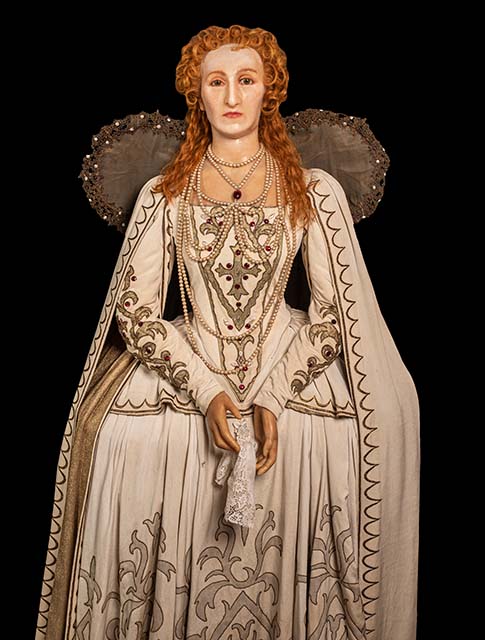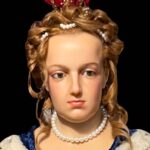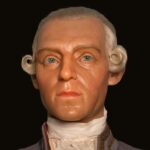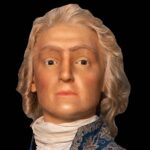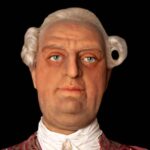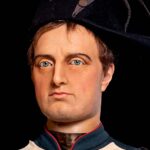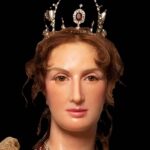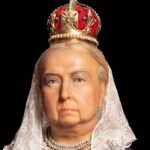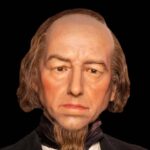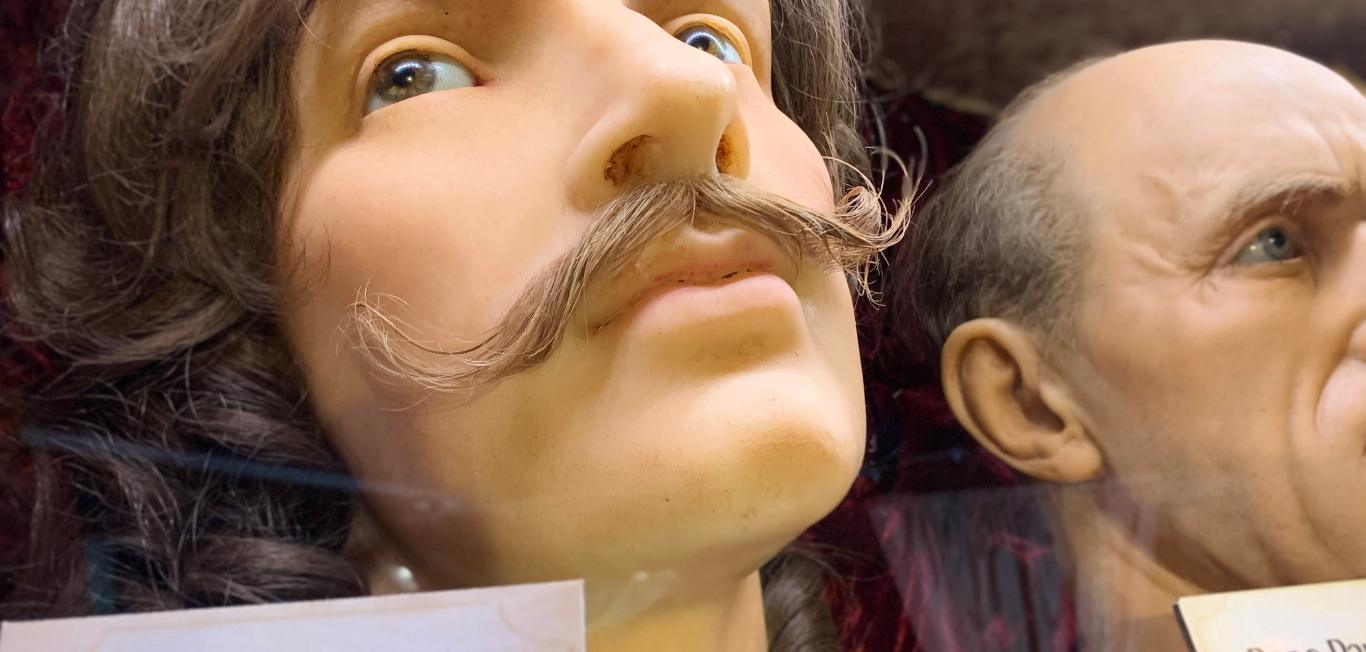About Elizabeth I
Queen Elizabeth I’s biography showcases one of England’s most iconic monarchs, who reigned from 1558 to 1603, marking the Elizabethan era as a golden age in English history. Born on September 7, 1533, to King Henry VIII and Anne Boleyn, Elizabeth I ascended to the throne following the death of her sister, Mary I. Her reign is celebrated for its cultural, economic, and political prosperity, as well as for the expansion of England’s influence.
The life of Elizabeth I reflects an existence marked by political keenness and resilience. Despite facing challenges to her rule, including religious conflicts and external threats, she adeptly navigated the intricacies of Tudor politics. Her personal life, masked in mystery and intrigue, often took a back seat to her duties as queen. The Virgin Queen, as she came to be known, never married and maintained an obscure persona.
Key achievements during Queen Elizabeth I’s reign include the defeat of the Spanish Armada in 1588, solidifying England’s naval supremacy, and fostering a thriving cultural environment that saw the works of William Shakespeare and Christopher Marlowe flourish. Elizabeth’s legacy extends beyond her political triumphs, encompassing a commitment to religious tolerance and a strategic foreign policy that elevated England’s global standing.
DID YOU KNOW?
Elizabeth I was committed to religious tolerance and a strategic foreign policy that elevated England's global standing.
Early Years of Elizabeth I
Queen Elizabeth I’s history begins at Greenwich Palace on September 7, 1533, where she was born as the daughter of Anne Boleyn and King Henry VIII’s heir. As early as her birth, Queen Elizabeth I’s life was turbulent and full of uncertainties. Her mother, Anne Boleyn, caused strife in England, as her eventual marriage to King Henry VIII initiated the annulment of his first union with Catherine of Aragon and the establishment of the Church of England. Her infancy as King Henry VIII’s heir was short-lived and, at about 2.5 years old, her mother was beheaded. Elizabeth I’s place in the royal succession became habitual deliberation by the court.
Through her youth, Elizabeth I resided at Hatfield House in Hertfordshire. Although she was known to be stubborn and difficult to control, she showed signs of exceptional intelligence from a young age. She was fluent in Latin, French, Spanish, Italian, and Flemish (a dialect of Dutch) and had some knowledge of Greek and Welsh. Elizabeth I received her education under the guidance of renowned scholars, and her intelligence extended to the study of history. She immersed herself in her studies, unknowingly preparing herself for her future reign as queen of England. Queen Elizabeth I’s education was crucial in forming her character and preparing her for the political and religious challenges that she would face as the iconic ruler of the Elizabethan era.
Elizabeth I succeeded to the throne when her half-sister, Queen Mary I, died in November 1558. Queen Elizabeth I inherited a potent combination of intelligence, determination, and shrewdness from her parents, King Henry VIII and Anne Boleyn.
Personal Life of Elizabeth I
The personal life of Queen Elizabeth I was one of resilience, intellect, and royal intrigue. Before the age of three, she had already experienced the wrath of her father, the formidable King Henry VIII. By his orders, her mother Anne Boleyn was executed, and Elizabeth was declared illegitimate, which removed her from the line of succession, outcasted, and sent to Hatfield House for the remainder of her upbringing.
Throughout her youth, she proved to be remarkably intelligent and focused on her studies of language, history, and literature. She learned to translate classical works into Latin and Greek, showcasing her linguistic skills and love for literature. Roger Ascham was her tutor in both her youth and during the reign of her half-brother, King Edward VI.
Queen Elizabeth I of England’s turbulent life, marred by familial turmoil and political upheavals, shaped her into an iconic monarch in Tudor history. Her disputed legitimacy and ascension to the throne were a testament to her fortitude and resistance and made her a queen who would become known for her intelligence and diplomatic finesse. Queen Elizabeth I’s arduous personal journey contributed to her legacy in the annals of British history.
DID YOU KNOW?
Elizabeth learned to translate classical works into Latin and Greek
Interesting Facts About Elizabeth I
Queen Elizabeth I’s reign left an indelible mark in the annals of European history and is often referenced today as the Elizabethan era or Golden Age. Her legacy is characterized by intriguing facts and accomplishments showcasing her broad influence in the political, religious, and cultural landscapes.
A well-known fact about Queen Elizabeth I was her comprehension of multiple languages. She was remarkably fluent in seven languages, including Latin, French, Spanish, Italian, Flemish (a dialect of Dutch), Greek and Welsh. Her linguistic skills contributed to her ability to dialogue with a variety of diplomats.
Queen Elizabeth I of England was a patron of the arts. She supported a prosperous cultural environment, and her affinity for literature and the arts played a critical role in the establishment of England’s Renaissance. William Shakespeare and other iconic wordsmiths benefited greatly from her support.
One of the most significant naval victories in history was the defeat of the Spanish Armada. In 1588, Queen Elizabeth I’s leadership and encouragement of England’s navy led to the triumph over the Spanish Armada, strengthening England’s naval dominance and the nation’s confidence.
An institution started by her father, Elizabeth I held a critical role in the continued development of the Church of England. Queen Elizabeth I’s reign oversaw the consolidation of the church as a Protestant institution, providing stability in the realm of religion.
Queen Elizabeth I of England had a reputation for being strong-willed and independent. She resisted Parliament’s expectations for her to wed, designating her the “Virgin Queen.” Her decision to remain unmarried was not only a commitment to the throne but also politically strategic. As long as she remained unmarried, she would be the sole ruler of England.
The Tudor dynasty ended with the death of Elizabeth I, as she had no heir. Her death opened the throne for the Stuart succession, beginning a new era of English history.
What Is Elizabeth I Most Known and/or Famous For?
Queen Elizabeth I of England’s reign lasted 45 years and is considered one of the most glorious periods in the annals of British history. Her monarchy lasted from 1558 to 1603. During that time the establishment of the Church of England was secured. What is now known as the Elizabethan era experienced a cultural renaissance and flourished in political matters.
The Elizabethan era, also known as the Golden Age, marked a time of cultural appreciation. Queen Elizabeth I received a robust education and possessed exemplary linguistic talents. Her support for the arts led to the development of English drama, and the works of William Shakespeare and Christopher Marlowe were celebrated. This shaped the period’s literary landscape.
Known for her dynamic personality, Queen Elizabeth I earned designations such as “Gloriana,” for the glory of her reign, “Good Queen Bess,” a name of affection used by subjects who admired her, and “The Virgin Queen,” which symbolized her choice to remain unmarried, which had both political and personal implications.
Queen Elizabeth I of England was a cultural icon who continues to be admired as a ruler and patron of the arts.
Key Figures During the Reign of Elizabeth I
The Elizabethan era was full of influential and intriguing figures who played crucial roles in the political, religious, and exploratory cultural landscapes of this golden age.
William Cecil served as secretary of state. His counsel and administrative skills were critical in maintaining stability while navigating the complicated political challenges of the time.
Robert Dudley was the queen’s best friend. Queen Elizabeth I and Robert’s friendship caused a lot of speculation, and he had a significant influence on her, which made him an important figure at court.
Sir Francis Walsingham was crucial to Queen Elizabeth I and her realm. He was referred to as the “spymaster.” He oversaw a shrewd network that was skilled in finding and dissolving potential threats, providing security for the Tudor monarchy.
Mary, Queen of Scots, was a cousin. The relationship between Queen Elizabeth I and Mary, Queen of Scots, was often a source of tension. They not only had quarreled over religious dynamics but Mary was believed to have a claim to the throne, which comprised political ramifications.
Sir Walter Raleigh was an explorer and considered to be one of Queen Elizabeth I’s favorite people. Sir Raleigh had great significance in expanding England’s influence through voyages to establish colonies in the New World (now known as America).
DID YOU KNOW?
Mary, Queen of Scots, was Elizabeth I's cousin.
How Elizabeth I Lived Out the Remainder of Her Life
On March 24, 1603, Queen Elizabeth I of England passed away in her palace at Richmond. Her death had great significance, as it was the end of the Elizabethan era and the Tudor monarchy. Queen Elizabeth I’s passing was said to be of an illness compounded by political and personal sorrows, which could be attributed to her 45-year reign. At the time of her death, she had not yet named an heir to the English throne. Historians believe this was deliberate and a means of protecting her position, even at the risk of causing a civil war over the succession. Due to the Tudor monarchy dying with Queen Elizabeth I, the next ruler would be the Stuart dynasty, thus beginning a new stage in English history.
FAQs
What struggles did Elizabeth I have in her life?
One of the struggles Queen Elizabeth I endured throughout her lifetime was the uncertainty surrounding her legitimacy as King Henry VIII’s heir.
Why did Elizabeth I never marry?
She never married so she could maintain political independence as the sole ruler of England.
Why was Elizabeth I’s reign called a golden age?
During Queen Elizabeth I’s rule, England experienced stability in politics, cultural achievements, and exploration, marking a period of unparalleled growth and success.
What did Queen Elizabeth I suffer from?
Queen Elizabeth I suffered from personal hardships and political challenges, as well as religious tensions. Throughout her reign, she received threats to the throne and her life.
